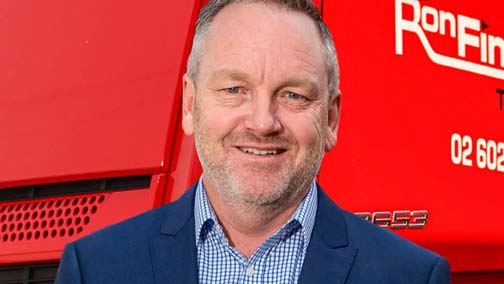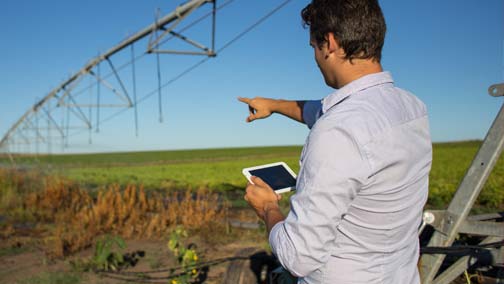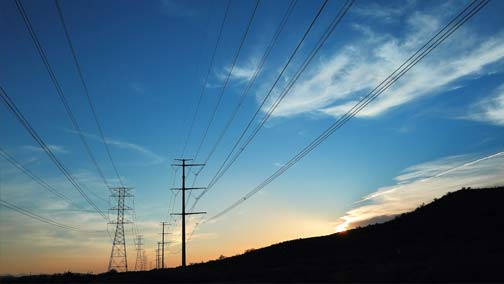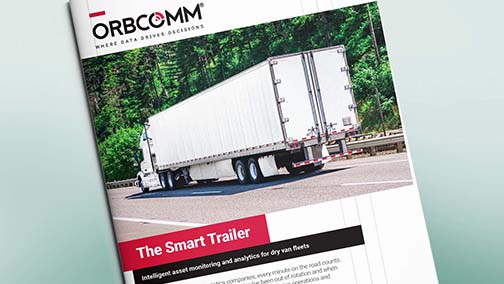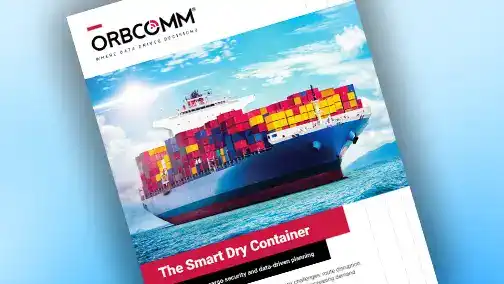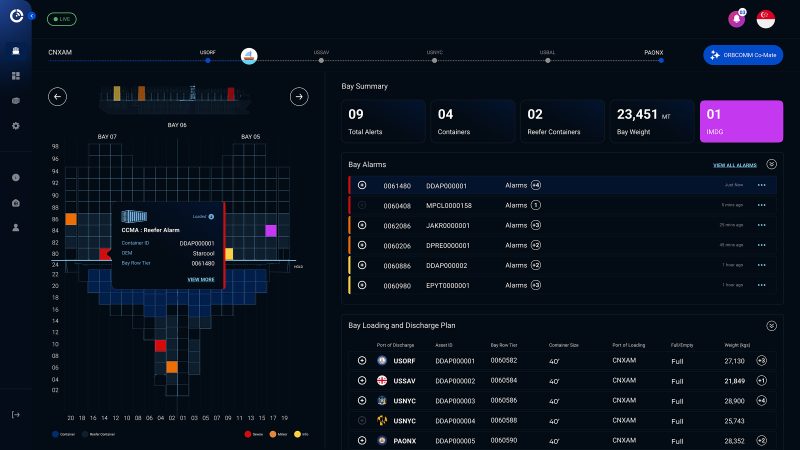
OGx and the future of satellite IoT: a discussion with Dave Roscoe
- Blog
- Value-Added Resellers
- OGx and the future of satellite IoT: a discussion with Dave Roscoe
OGx—the next generation of satellite IoT—is set to unlock new applications and opportunities for IoT solution providers around the world.
We sat down with David Roscoe, ORBCOMM’s EVP and GM of Satellite IoT to learn more about OGx, the idea behind its creation and how it will drive the future of satellite for years to come.
Walk us through ORBCOMM’s role in the satellite IoT space. When did we start and how has our role changed over the years?
Well, ORBCOMM is a pioneer in the satellite IoT space. We started as a satellite connectivity provider, launching the first satellite network dedicated to IoT applications about 30 years ago—and many more since then. We’ve expanded our satellite IoT network service to include geostationary satellites, which are owned and operated by our satellite partners Viasat, previously Inmarsat.
We later became an MVNO (mobile virtual network operator) so we could provide cellular connectivity as well. We have partnerships with seven tier-one cellular network providers including AT&T, T-Mobile and Verizon.
Fast-forward to today, and we’re supplying customers with end-to-end cellular, satellite or dual-mode (cellular and satellite) IoT solutions. That still includes the connectivity piece, but also the hardware, platform and the support to tie it all together.
What drove ORBCOMM to develop OGx? Where did the idea come from?
At the time, we had our IsatData Pro (IDP) satellite network and were looking at how to make it better for our customers. That led us to develop an ASIC (application-specific integrated circuit) which encapsulates the front of a satellite terminal. We basically took 400 discrete components and integrated them into a single chip—significantly reducing satellite terminal costs.
To support this new ASIC, we needed to evolve our IDP network to something with more capabilities that could open up new markets and fuel growth for our VAR customers. And that’s where the idea for OGx was born.
What does OGx solve for IoT solution developers?
Several things. We consider OGx to be the next generation of IDP. We’ve learned a lot about IDP since its launch in 2011—the positive things about it, but also the limitations and the applications and features that customers wanted that weren’t supported. We took all this input and designed OGx with that in mind.
OGx covers what IDP does, plus it does lower-data applications better. Some of our satellite customers with low-data applications in remote locations rely on solar panels and rechargeable batteries as they don’t have a consistent power source around. With OGx’s low-power capabilities, our customers can reduce the cost of their solutions and the amount of upkeep required thanks to its improved power efficiency.
We’re interested in expanding OGx to support mid-data and high-data applications in the future as well. This would enable users to send and receive larger data files faster, which could open up new possibilities. It’d also help support low-data use cases that have data spikes. If you have a cargo camera, for example, it could be a large image file that needs to be sent. Or a device could be remotely sending small daily updates with location or status and then, at the end of the month, it needs to send out a large log file.
What are the main advantages of OGx over other satellite networks?
One of the biggest advantages of OGx is two-way messaging. Some of the competition in the low-data range only have one-way devices. These can transmit data but you can’t reach the device or reconfigure it once it’s deployed. They’re what we call “fire-and-forget” terminals, as they can’t be managed. Comparatively, OGx and IDP are two-way networks, so every device connecting to our networks is configurable. That adds more functionality and enables solution providers to build additional capabilities into their products. So that’s how we compete against other low-data devices: from a cost perspective, but also from having superior devices. If you look at the best bang for your buck in terms of service cost and performance, OGx is the sweet spot.
What industries do you think will benefit the most from what OGx has to offer?
We’re primarily in seven different verticals—transportation, maritime, agriculture, mining, utilities, oil and gas and heavy equipment—and all of them will benefit from OGx. Although they all have different use cases, what makes them similar is that they all would benefit from lower costs. Agriculture is probably the biggest growth area for satellite IoT, but as long as you can bring the cost down—cost of service and cost of product—there’s a lot of room for improved satellite adoption across every industry.
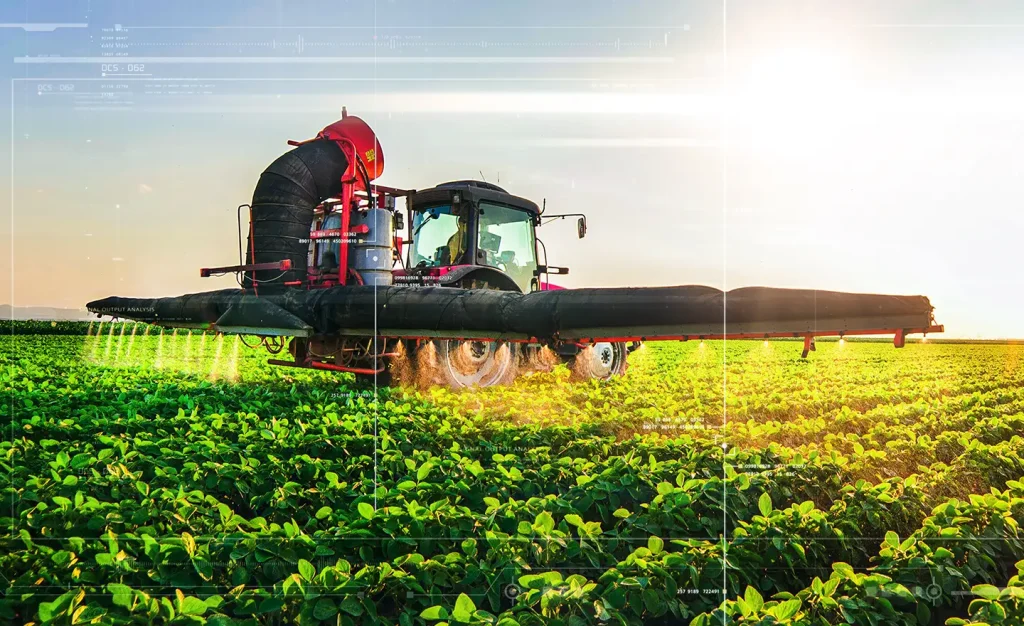
So as someone from an engineering background, what excites you the most about OGx?
What excites me as an engineer is innovation. And that’s one great thing about ORBCOMM—we’re constantly innovating. OGx is a fine example of that along with our investment in developing the ASIC. But from a technical standpoint, what I find interesting is how we’re tapping into the full potential of our satellites with OGx.
Geostationary satellites have three kinds of beams used to provide connectivity: a global beam which is very broad, regional mid-gain beams and super-spot beams which have the highest gain. While IDP uses regional beams, OGx is designed to leverage all three beam types, which we’ve never done before.
When would be an ideal use case for spot beams?
So, if you want to get a bit more technical, IDP is designed with a single carrier in the forward link and a single carrier on the return link. Comparatively, OGx has seven different return link carriers which have been optimized for different sizes of data. Depending on the amount of data, the terminal communicates to the network hub, which then assesses the available resources and allocates the carrier and delivery mechanism, whether it’s a spot beam or regional beam. And then that information goes back to the terminal, determining how that data will be sent, so it’s all managed within the network.
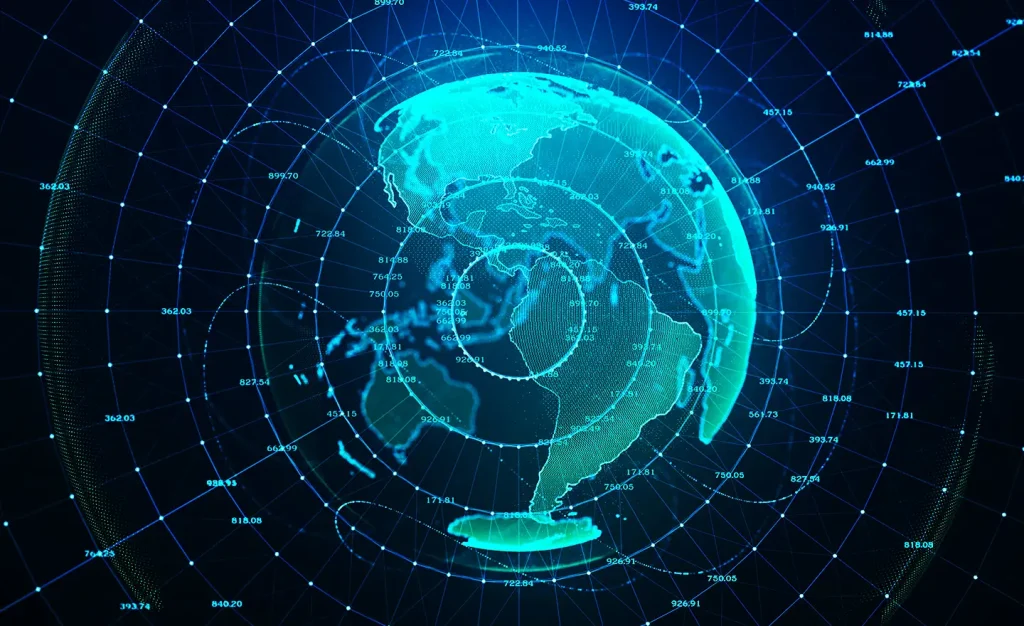
You spoke at Mobile World Congress about convergence of satellite and cellular. How do you believe OGx supports that movement towards ubiquitous connectivity?
The interesting thing about ORBCOMM is that this has been our game plan for a long time. It’s even why we became an MVNO. We’ve got satellite connectivity and we’ve got cellular connectivity, and our vision has always been to support our customers with ubiquitous dual-mode connectivity.
With satellite technology advancing, we’re starting to blur the line between cellular and satellite. If someone had said twenty years ago, “let’s add satellite to our solution and make it dual mode,” it would have been considered too expensive in terms of airtime and product costs. Even today, if a customer wants to enable dual mode, they sometimes need to add an additional device just for the satellite connectivity, which can cost hundreds of dollars.
Evolving technology is beginning to make satellite and, as a byproduct of that, dual-mode connectivity more cost-effective, which is helping with adoption. And that’s our tech-driven strategy when it comes to connectivity: bringing everything over to dual mode so customers can experience always-on connectivity at an affordable price.
Are there any specific IoT applications you think we’re going to see more of from IoT solution developers as these costs decrease because of OGx?
I think we’re going to see the adoption of satellite in a lot of traditionally cellular-based applications as it becomes more affordable. Today, we’re working on ways to engineer cost-effective satellite hardware for this very reason. Then of course, as I mentioned earlier, as OGx eventually expands into mid- and high-data capabilities, we’re going to see new applications that leverage images and other types of larger files.
What would be an example of an industry that was traditionally cellular only?
Well, it’s typically the geography that you’re in, right? So, if you look at transportation in North America, it’s predominantly cellular and it’s all about asset utilization. But if you look at transportation in Brazil, it’s all about safety and security of the driver and the load. Logistics and optimization are important, but the primary concern is safety and security. So, with that, you will always have satellite because you need to have 100% coverage and that’s what dual mode provides—complete visibility.
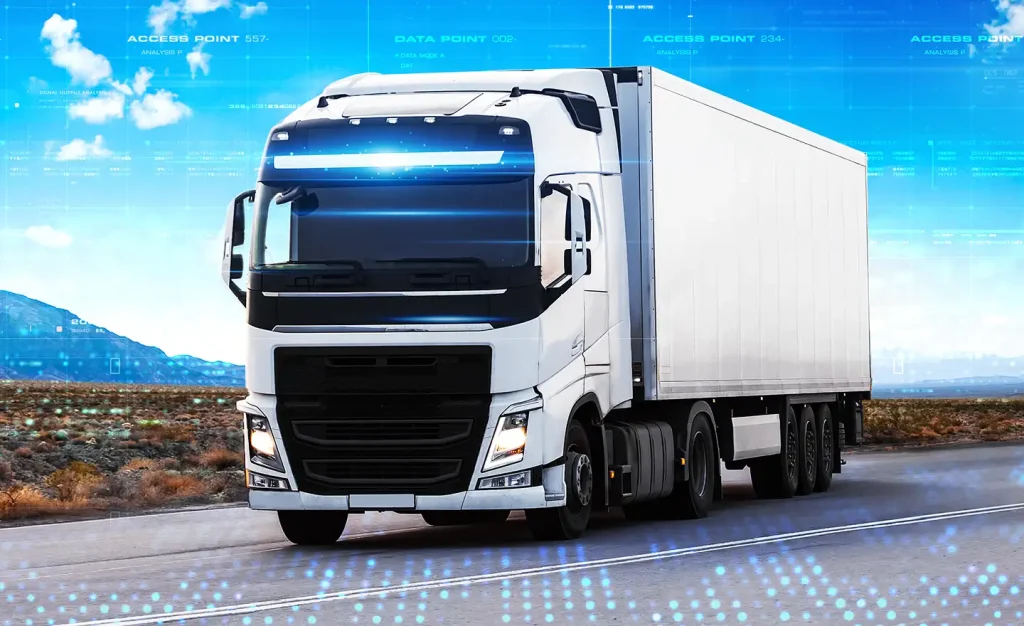
Can you touch on what’s to come for OGx?
We have a roadmap of features and capabilities. One is multi-cast messaging, which will enable users to broadcast a message or file to multiple devices or an entire fleet at once.
We’re at the dawn of a new era with OGx. The network is live and covering about 80% of the globe, and we’ll be lighting up Africa and the rest of Europe in a couple of weeks.
So, it’s going to be about feature enhancements but also getting feedback from customers and their use cases and seeing how OGx can better serve them.

Cody Lirette is Senior Content Marketing Manager at ORBCOMM. With over a decade of marketing and communications experience for both the public and private sector, he uses his passion for innovative technology and plain language to build compelling content that inspires action.



